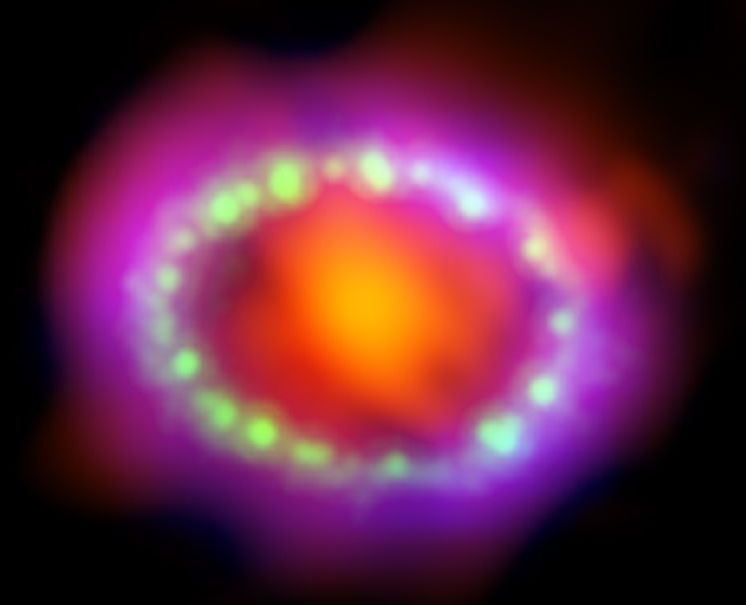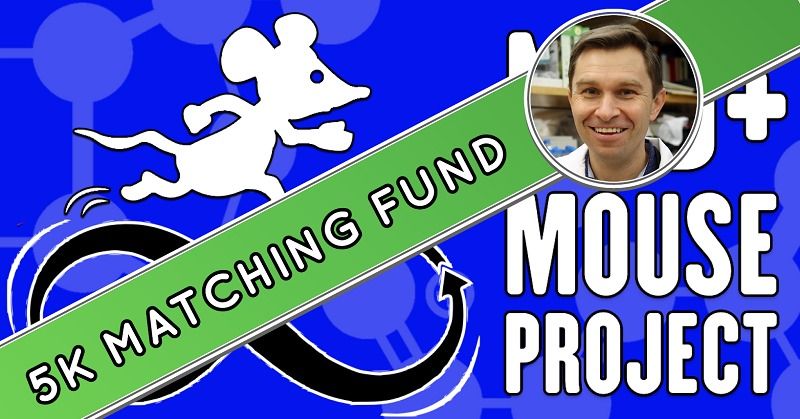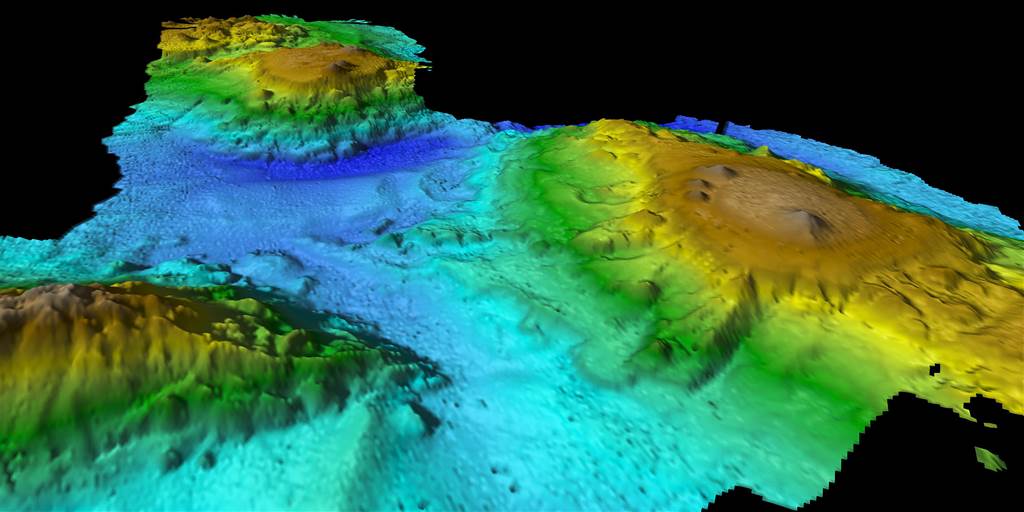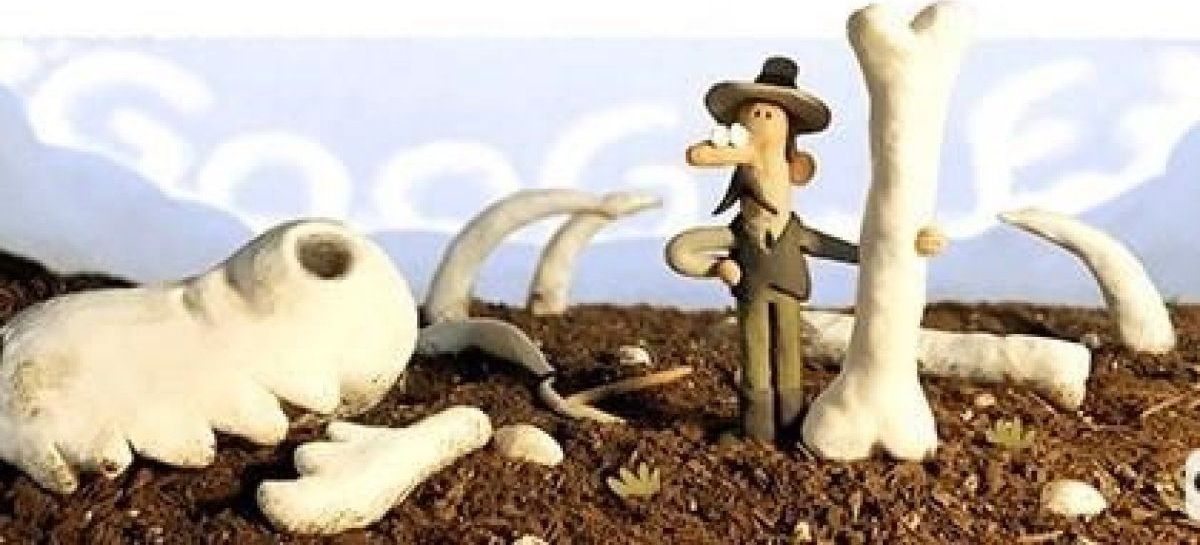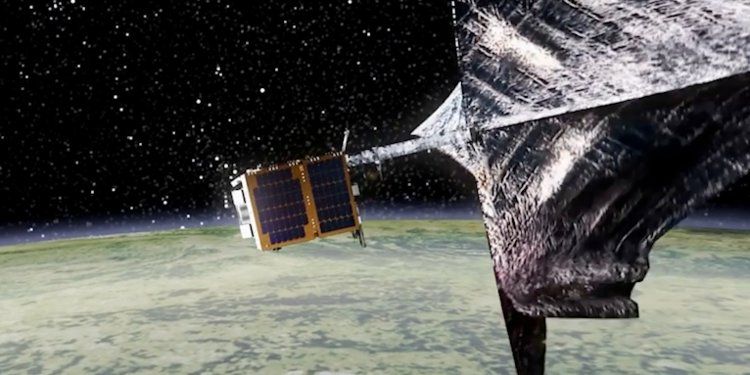Nov 1, 2018
Watch a Famous Supernova Change Over 25 Years
Posted by Genevieve Klien in categories: cosmology, evolution
Perhaps the most important supernova of the modern era is SN 1987A, the closest supernova to Earth since the invention of the telescope. Scientists have been observing the explosion’s remnants since the 1987 event.
Scientists led by University of Toronto graduate student Yvette Cendes have presented a new report showing the 25 years of radio wave observations of the stellar corpse’s evolution from 1992 to 2017. You can watch those observations in the timelapse below.
